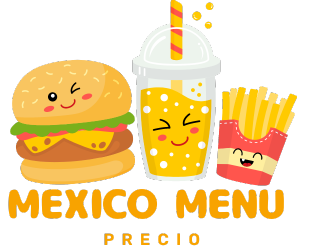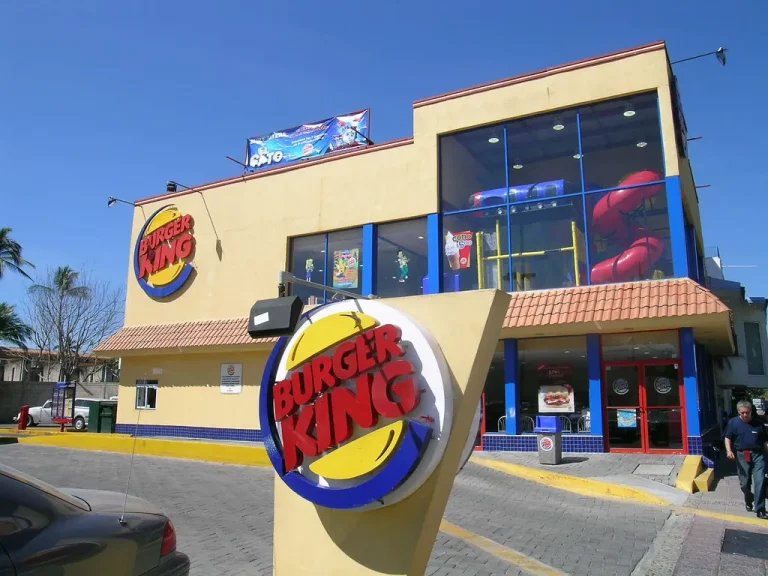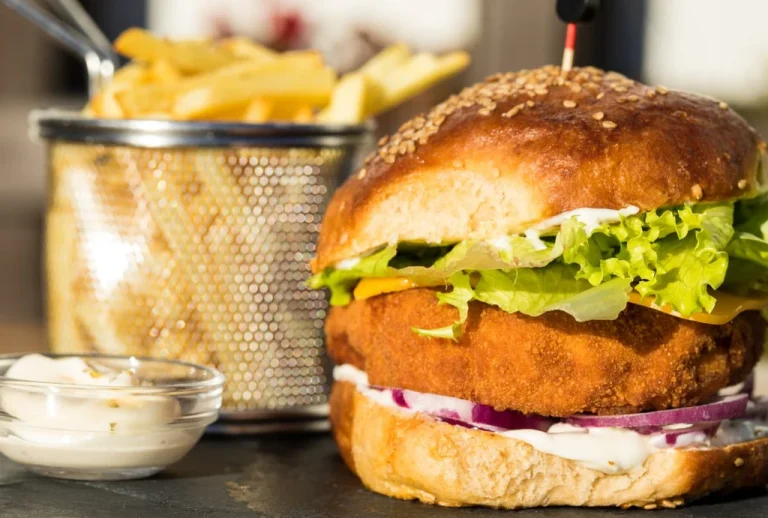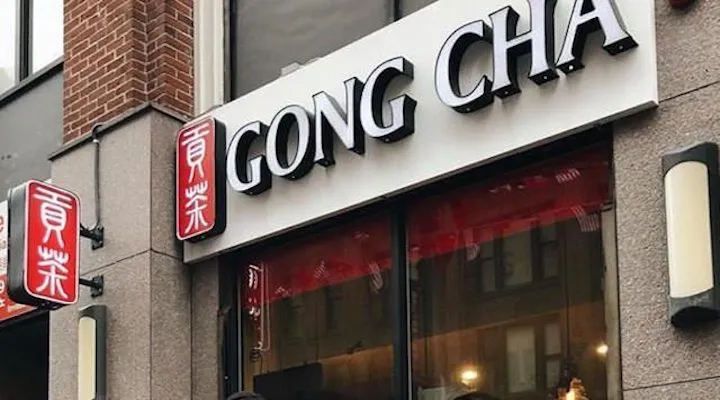Who Created McDonalds? A Delicious Journey!
Who Created McDonalds? This seemingly simple question opens the door to a captivating history stretching over eight decades. It all began on May 15, 1940, when brothers Richard and Maurice McDonald opened their first restaurant in San Bernardino, California. Initially a drive-in serving barbecue, the brothers quickly recognized the potential for a streamlined, efficient dining experience that would revolutionize the fast-food industry.
With the introduction of their “Speedee Service System,” they laid the groundwork for what would become a global phenomenon. Over the years, McDonalds has adapted and evolved, introducing iconic menu items and innovative concepts while maintaining its commitment to efficiency and customer satisfaction. From the humble beginnings of a small barbecue stand to its status as a cultural icon, McDonalds journey is not just about burgers and fries; it’s a story of entrepreneurial spirit, resilience, and a flavor-filled legacy.
Table of Contents
McDonalds foundation
| Attribute | Details |
| Founded | May 15, 1940 |
| Founders | Richard and Maurice McDonald |
| First Restaurant Location | San Bernardino, California |
| Initial Concept | A drive-in restaurant focused on barbecue items |
| Innovative System | Introduced the “Speedee Service System” for fast food service |
| Family Background | McDonald brothers moved from Manchester, New Hampshire to Hollywood in the late 1930s |
| Father’s Food Stand | Patrick McDonald opened The Airdrome food stand in Monrovia, California in 1937 |
| Menu Shift | In 1948, focused on hamburgers, dropping barbecue items |
| Architectural Innovation | New restaurant design by Stanley Clark Meston featuring the iconic “Golden Arches” |
| First Franchisee | Neil Fox opened the first franchise in Phoenix, Arizona in 1953 |
| Ray Kroc’s Involvement | Kroc visited the McDonald brothers in 1954 and proposed national franchising |
| Real Estate Model | Implemented by Harry J. Sonneborn to own land for franchises, crucial for financial growth |
| Major Expansion | By 1960, gross revenue reached $56 million annually |
| First International Locations | San José, Costa Rica in 1970; first European restaurant in Zaandam, Netherlands in 1971 |
| Notable Menu Items | Introduction of the Filet-O-Fish in 1962 and Big Mac in 1967 |
| Crisis Management | Responded to public relations crises in the early 1990s, including bombings and murders related to McDonalds restaurants |
| Current Operations | Over 38,000 locations globally, with a shift to all-day breakfast introduced in 2015 |
| Recent Developments | Suspended operations in Russia in March 2022 in response to geopolitical issues |
The Beginnings of the McDonald Brothers Journey
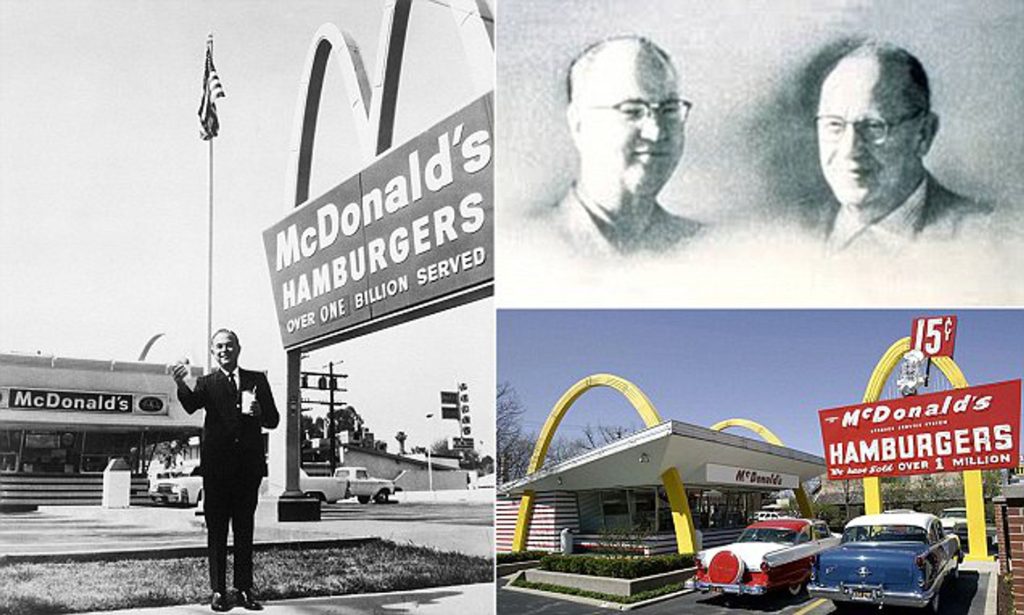
The McDonald brothers, Richard and Maurice, originally hailed from Manchester, New Hampshire. They moved to Hollywood, California, in the late 1930s, finding work as set movers in motion picture studios. In 1937, their father, Patrick McDonald, opened a food stand called The Airdrome near the Monrovia Airport. This initial venture sparked their interest in the food industry. The brothers soon took over the business and began experimenting with different concepts.
“Who Created McDonalds ?” often brings us back to these humble beginnings, where the foundation for a fast-food revolution was quietly laid. Their early experiences in Hollywood and their father’s food stand significantly shaped their entrepreneurial spirit. This laid the groundwork for their future success in creating an efficient, customer-focused dining experience.
The First McDonald’s Restaurant Opening
The McDonald brothers opened their first McDonalds restaurant in San Bernardino, California, on May 15, 1940. Initially, it was a drive-in with carhops serving barbecue, a popular choice. Transitioning to a streamlined menu, they focused on hamburgers, cheeseburgers, and other simple items. This change led to the “Speedee Service System,” emphasizing efficiency.
Customers enjoyed quicker service, drawing in more patrons. The brothers’ innovative approach created a model that future fast-food establishments would emulate. The small San Bernardino restaurant set the stage for a global empire. By focusing on speed and simplicity, they crafted a dining experience that catered to the fast-paced lifestyles of modern America.
A Look at Its Brand and Menu Evolution
The Evolution of the McDonalds Brand and Menu has been a journey of constant innovation. By 1948, the McDonald brothers transformed their restaurant, centering their menu around hamburgers, cheeseburgers, fries, and drinks. This simplification was revolutionary. In 1952, they worked with architect Stanley Clark Meston to create a new building design featuring the now-iconic Golden Arches. These arches became a symbol of fast, reliable service. In the 1960s, Ray Kroc introduced groundbreaking ideas, such as expanding the menu with the Filet-O-Fish and Big Mac.
The 1970s brought breakfast items, including the Egg McMuffin, catering to morning crowds. The Extra Value Meal, introduced in 1993, revolutionized combo meals, making ordering even more convenient. The 1990s and early 2000s saw the introduction of healthier options like salads and apple slices, responding to growing health concerns. McDonalds continues to innovate, offering digital ordering kiosks and experimenting with plant-based burgers.
Innovative Architecture and the Emergence of the Golden Arches
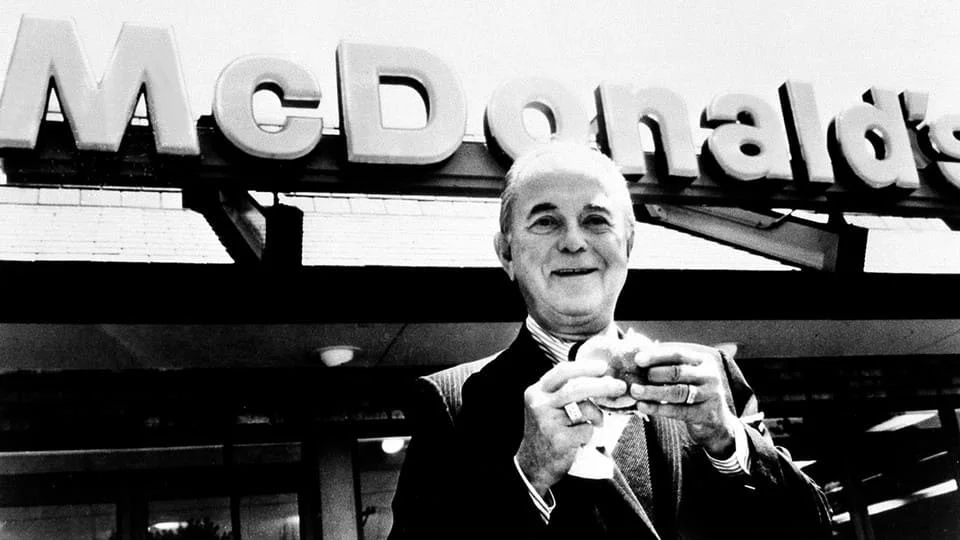
- Redesigning for Efficiency:
In April 1952, the McDonald brothers recognized the need for a new building to enhance operational efficiency. They partnered with architect Stanley Clark Meston, who drew up plans that would become iconic.
- Chalking Out the Blueprint:
The brothers and Meston meticulously chalked out the measurements for each piece of equipment on a tennis court behind the McDonalds house. This hands-on approach ensured maximum efficiency in their layout.
- The Golden Arches:
A standout feature of Meston’s design was the 25-foot yellow sheet-metal arches trimmed in neon. Named the “Golden Arches,” these became an enduring symbol of McDonalds and a beacon for fast-food lovers.
- Speedee and Customer Flow:
A smaller arch sign featured a character named Speedee, emphasizing quick service. To maintain the fast-food ethos, the design also incorporated elements to expedite customer turnover, such as fixed seating and reduced heating.
Early Franchising Efforts and Expansion
- Neil Fox and the First Franchise:
Neil Fox, a distributor for General Petroleum Corporation, became the first McDonalds franchisee. His restaurant in Phoenix, Arizona, opened in May 1953, featuring the Golden Arches design and setting a new standard for future franchises.
- Expansion into California:
Following Fox’s success, the second franchise was awarded to Roger Williams and Bud Landon, also associated with General Petroleum. They opened their McDonalds in Downey, California, on August 18, 1953, a location that still stands today.
- Early Franchising Challenges:
The McDonald brothers were initially cautious about franchising and skeptical about the self-service model working in different climates and regions. Despite these reservations, their initial franchisees proved the concept’s viability.
- Standardization and Design:
The standardized Golden Arches design, created by Stanley Clark Meston, was crucial in creating a uniform look and feel across franchises. This consistency helped build the brand’s identity and attract more franchisees.
- Building a Franchise Network:
By the time Ray Kroc entered the picture in 1954, the McDonald brothers had already laid the groundwork for a franchising system. Kroc’s vision and efforts would later accelerate this expansion on a national scale.
Ray Kroc steps in and revolutionizes McDonald’s
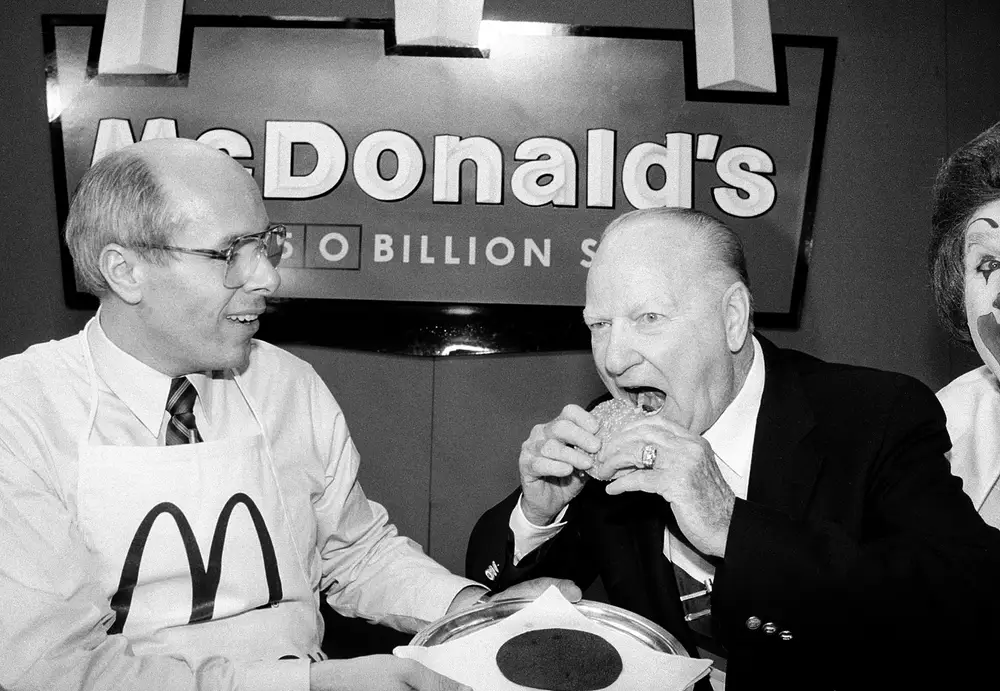
In 1954, Ray Kroc, a salesman of milkshake machines, noticed the McDonald brothers were using multiple units in their restaurant. Intrigued, he visited their San Bernardino location, witnessing their streamlined operations firsthand. Impressed by their efficiency, Kroc envisioned a nationwide chain. Despite the brothers’ reservations, Kroc negotiated to spearhead the franchise expansion across the United States.
Returning to his home near Chicago, Kroc secured the rights to establish McDonalds restaurants nationwide, excluding a few territories in California and Arizona. He implemented a franchising model that focused on maintaining high standards and uniformity across all locations. Kroc’s relentless drive and innovative vision transformed McDonalds from a local sensation into a national phenomenon. His efforts laid the foundation for McDonalds eventual global dominance.
The Sonneborn Model and Financial Growth
The Sonneborn Model transformed McDonalds financial landscape. In 1956, Ray Kroc met Harry J. Sonneborn, a financial whiz who suggested a groundbreaking idea: owning the real estate of franchise locations. This strategy minimized initial deposits for franchisees, making it easier to expand. Franchise Realty Corp was created to manage this aspect.
The company leased land and buildings to franchisees, marking up costs by 20-40%. This model ensured steady revenue from property leases, even during tough times. The approach proved invaluable, providing financial stability and encouraging rapid economic growth. By the 1960s, McDonalds real estate holdings became a cornerstone of its business strategy, driving massive profits and allowing the brand to expand globally. The Sonneborn Model remains a vital part of McDonalds financial success.
Global Expansion and International Ventures
McDonald’s global expansion began in the 1970s, marking a significant chapter in its history. The first international restaurant opened in 1971 in Zaandam, Netherlands, setting the stage for further growth. Shortly after, McDonalds debuted in Asia with a Tokyo restaurant, followed by openings in Germany and Singapore. Transitioning into the 1980s, the brand reached Mexico City, and by 1991, it had established its presence in Mainland China.
Each new market presented unique challenges and opportunities, but McDonalds adapted its menu and operations to local tastes. One notable venture was opening a McDonalds in New Zealand in 1976, despite initial skepticism. This expansion demonstrated the brand’s ability to conquer diverse markets. Who Created McDonalds is a question that leads to understanding how its international footprint grew exponentially, becoming a global fast-food giant.
Key Innovations and Product Launches in the 1960s
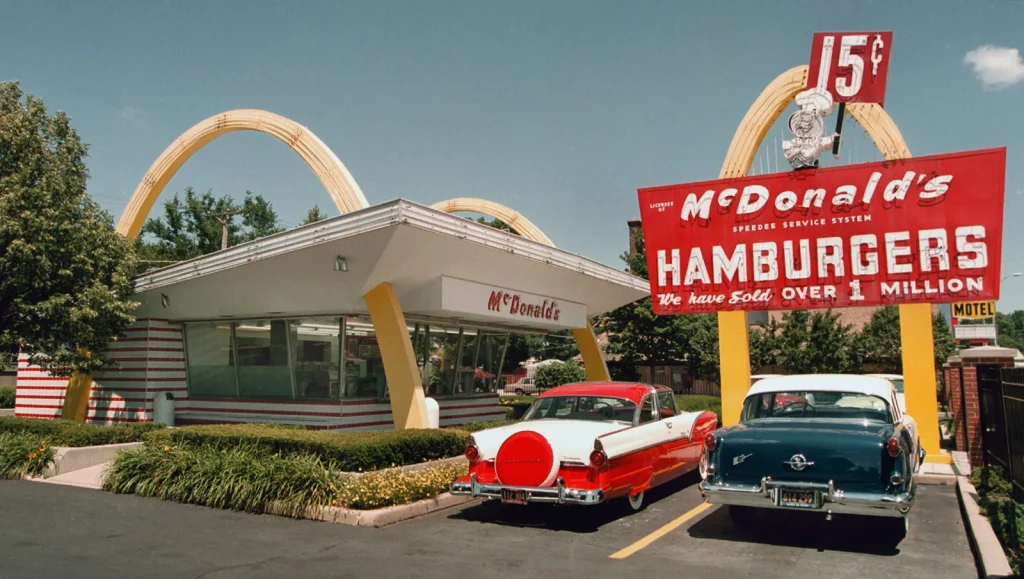
- Introduction of the Filet-O-Fish:
The Filet-O-Fish was introduced in 1962 as an answer to the declining sales on Fridays when many Catholics abstained from eating meat. This menu addition provided a delicious seafood alternative that appealed to a broader audience.
- Birth of the Big Mac:
In 1967, franchisee Jim Delligatti created the Big Mac in Uniontown, Pennsylvania. It quickly became a customer favorite and was added to McDonalds national menu the following year, solidifying its place as a fast-food icon
- Implementation of the Drive-Thru:
McDonald’s embraced the growing automobile culture by introducing the drive-thru service in the mid-1960s. This innovation allowed customers to order and receive food without leaving their cars, increasing convenience and speeding up service.
- Expansion of Breakfast Items:
The concept of serving breakfast was explored in the late 1960s. By introducing items like the Egg McMuffin, McDonalds began attracting early-morning customers, paving the way for a comprehensive breakfast menu.
- Marketing and Branding Efforts:
The 1960s also saw significant strides in McDonalds marketing strategies. The creation of Ronald McDonald as the company mascot in 1963 helped establish a family-friendly image, boosting brand recognition and appeal among younger customers.
McDonald’s in the 1970s and 1980s: Trials and Triumphs
In the 1970s and 1980s, McDonalds experienced significant growth and faced challenges and successes. Introducing iconic menu items like the Big Mac and Egg McMuffin helped solidify its popularity. However, the company also faced increasing competition and criticism regarding health and nutrition.
McDonalds responded by diversifying its menu and launching marketing campaigns emphasizing quality and family-friendly dining. The opening of international locations marked its global expansion, with the first restaurant in Japan and the UK. By the end of the 1980s, McDonalds had firmly established itself as a leader in the fast-food industry, innovating constantly to attract customers.
Tragedies and Challenges in the 1990s
- McDonald’s Pizza Flop:
During the 1990s, McDonalds attempted to introduce pizza to its menu. The initiative was short-lived due to operational inefficiencies and poor customer reception.
- McDonald’s Express Debut (1991):
In 1991, McDonalds launched its Express locations, designed for smaller spaces and limited menus. While innovative, these prototypes faced challenges maintaining the brand’s whole dining experience.
- Taiwan McDonalds Bombings (1992):
In April 1992, a series of bombings targeted McDonalds locations in Taiwan, resulting in one death and injuries to several individuals. The attacks temporarily closed all 57 restaurants in the country.
- Sydney River McDonalds Murders (1992):
On May 7, 1992, a robbery at a McDonalds in Sydney River, Nova Scotia, led to the tragic murder of three employees. A fourth employee was left permanently disabled, highlighting security vulnerabilities.
- Bolivia Exit (2002):
McDonald’s faced cultural resistance in Bolivia, leading to the closure of all its restaurants in the country by November 2002. This marked a rare retreat for the global brand.
Modern Milestones and Recent Developments
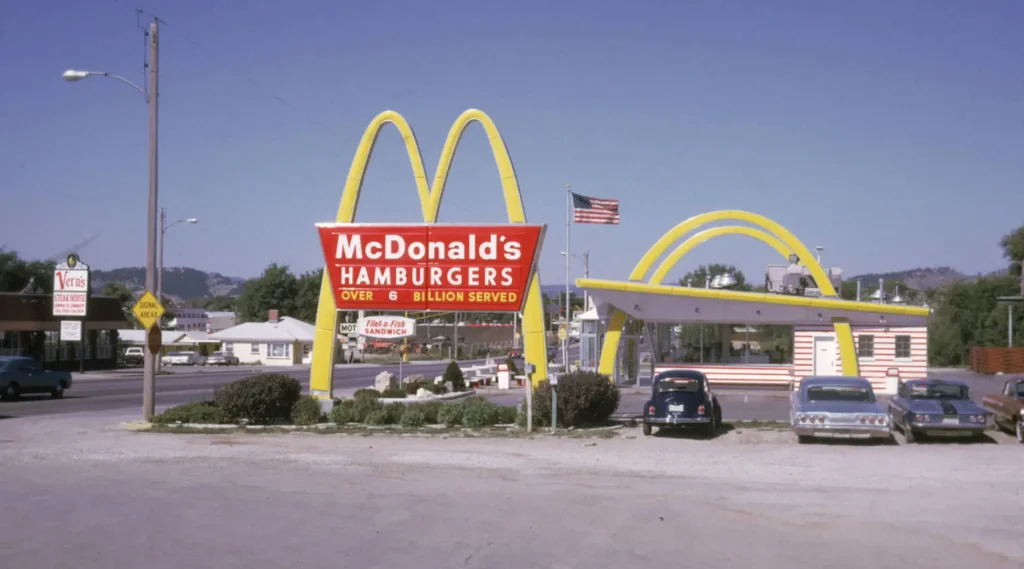
McDonald’s has continually adapted to meet changing consumer preferences. In 2012, they reached a record revenue of $27 billion. That year, they revamped 2,400 restaurants and opened 1,300 new ones globally. However, declining profits in the mid-2010s prompted a shift. The company began offering all-day breakfast in 2015, a move that initially met with resistance but ultimately boosted earnings.
In 2016, they embraced digital ordering kiosks, modernizing the customer experience. Another significant step was Russia’s 2022 suspension of operations, showing a stance on global issues. Recently, McDonalds has been exploring sustainable practices, including plant-based menu options and eco-friendly packaging. These changes reflect the brand’s commitment to innovation while staying true to its core values.
Frequently Asked Questions
Who Created McDonalds?
McDonald’s was founded on May 15, 1940, by brothers Richard and Maurice McDonald in San Bernardino, California. This marked the beginning of what would become a fast-food empire.
Who was responsible for the global expansion of McDonald’s?
Ray Kroc was instrumental in the worldwide expansion of McDonald’s. He joined the company in 1954 and transformed it into a global franchise, introducing innovative business models and marketing strategies.
What is the significance of the Golden Arches?
The Golden Arches, introduced in the early 1950s, symbolize McDonalds commitment to efficiency and fast service. Designed by Stanley Clark Meston, they have become an iconic brand representation worldwide.
How did McDonalds adapt to changing consumer preferences?
McDonald’s continually evolves its menu and services, including offering all-day breakfast starting in 2015 and introducing healthier options like salads. The company also embraces technology with digital ordering kiosks and explores sustainable practices to meet modern demands.
Conclusion
McDonald’s was founded by brothers Richard and Maurice McDonald in San Bernardino, California. Originally a drive-in restaurant, it focused on barbecue items but soon transformed its business model to emphasize speed and efficiency by introducing the “Speedee Service System.” This innovative approach laid the groundwork for the modern fast-food industry.
The brothers’ vision evolved further when Ray Kroc joined the company, leading to the franchise expansion that would make McDonalds a global icon. Today, McDonalds is one of the largest and most recognizable fast-food chains worldwide, shaping dining habits for generations.
